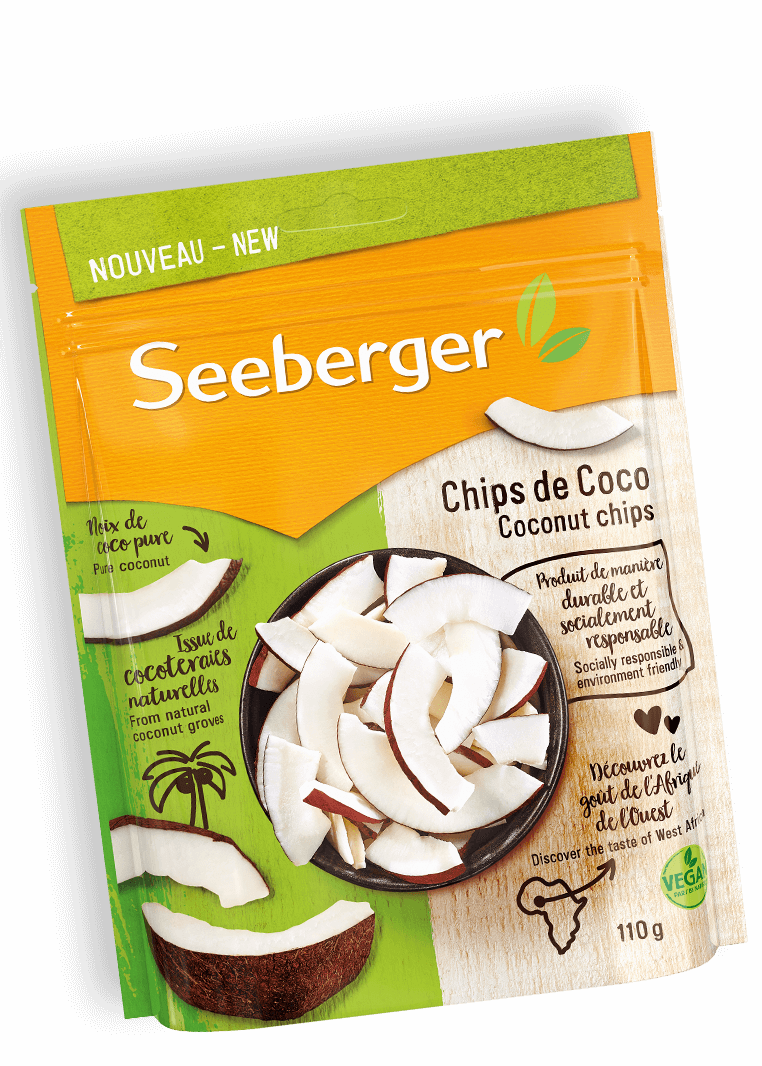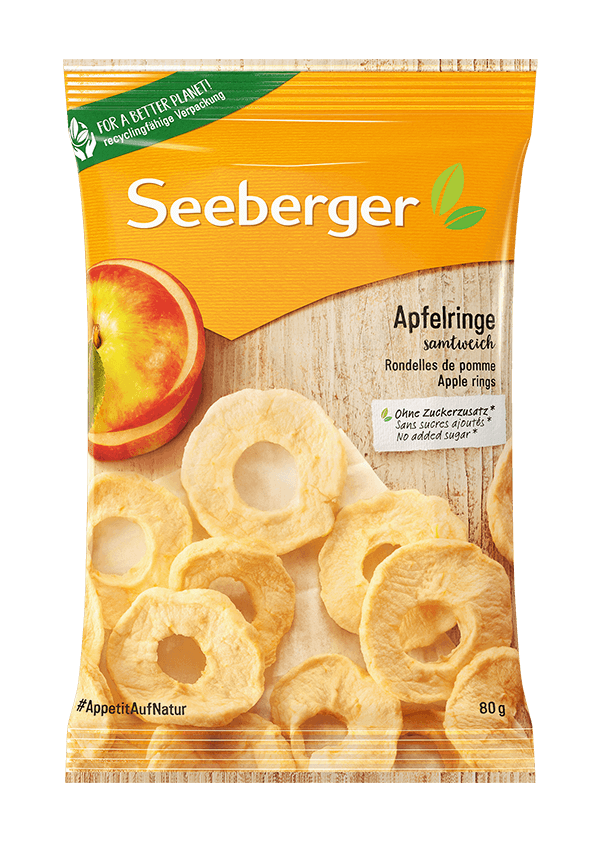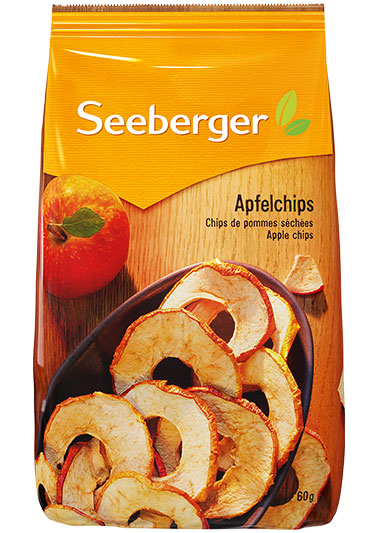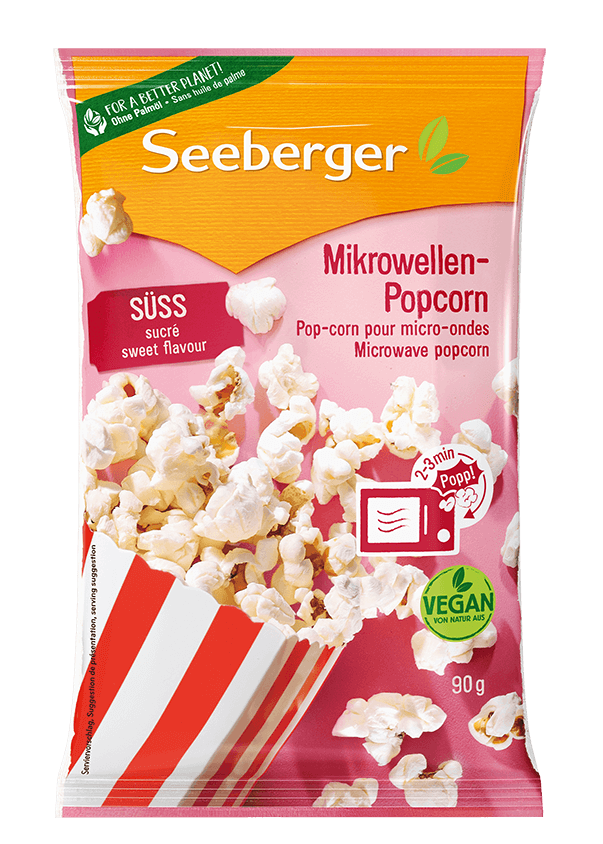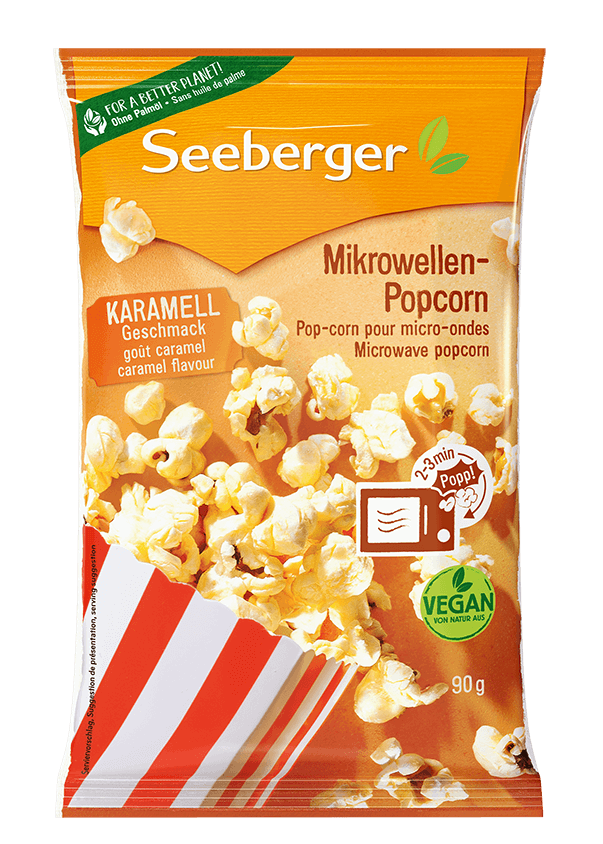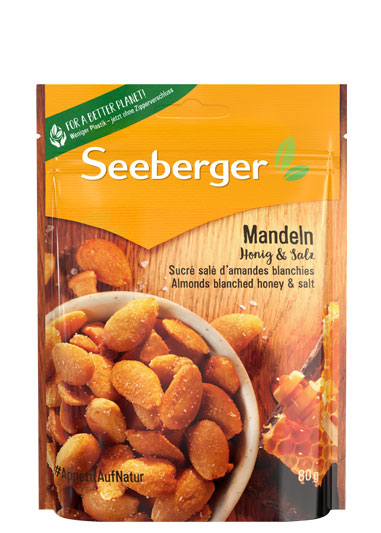Coconut chips
Product information
Do you want pure coconut? Then discover our crunchy coconut chips - whether as an ingredient in your breakfast bowl, as a topping on your salad or simply as a light snack in summer. The coconut chips are versatile and a true taste experience.
Ingredients
Coconut chips
This product is
- vegetarian
- vegan
- glutenfree*
- lactosefree*
- no added sugar**
- no added salt***
Nutrition facts
(per 100g)
- Calories (kj/kcal) 2.841 kJ / 690 kcal
- Fat 67 g
- of which saturated fatty acids 61 g
- Carbohydrate 5 g
- of which sugar ** 5 g
- Protein 8,4 g
- Salt *** 0,10 g
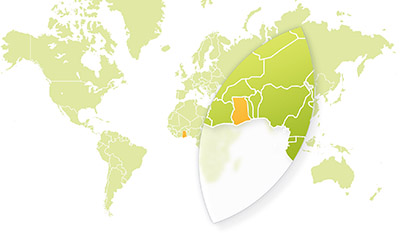
Country of origin
For the origin of our coconut chips we travel to the western part of Africa, to Ghana. Due to the high humidity and temperatures the climate is mostly tropical and sultry. Our journey starts in the west of Ghana, on the border with the Ivory Coast. There you will find the largest growing area for coconut palms.
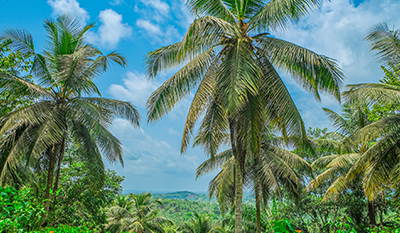
Cultivation of coconuts
The coconut palms grow in groves in the west of Ghana. The coconut groves have always been passed on there from generation to generation. The coconut does not have a specific season in the year, but is processed along with mangoes, for example, in the off-season. In order to increase diversity, pineapples or cassava, a native root crop, are also grown in the coconut groves. However, these are used by locals for their own needs.

Tree/Palm
Coconut palms grow on average to around 10-40 cm in height. Each palm tree bears 50-100 coconuts per year. The life expectancy of a palm tree is approximately 50-60 years.
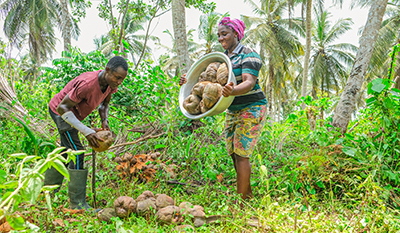
Harvest
A palm yields its first coconuts after 4-8 years. As soon as the coconuts are ripe enough, they fall to the ground, where they are picked up by farmers. The collection process is not always easy, as the groves can be very different - some flat, some steep. The ripe coconuts are then brought to collection points by farmers either in bags or in metallic containers. At first, the coconut does not look as brown as you know it, but has a green, softer shell.
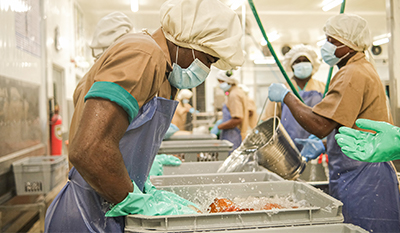
Processing - STEP 1
After the coconuts have been collected, the first step in the processing, which takes place directly in the field, is dehusking.
The farmers remove the green, softer shell of the coconut. As soon as the green shell has been removed, the hard, brown shell of the coconut comes to light. These brown nuts are prepared for transport and transported to the factory, which is located about a 7-hour drive from the coconut groves in the village of Adeiso - about 1.5 hours from the capital Accra.
Before the nuts are moved inside the factory, they are subjected to a quality check and a cleaning process at the raw material receiving station, during which they are cleaned with machine brushes and then cleaned in a water bath.
The nuts are then cracked in an interim space called the Cracking Room. For that purpose the coconuts are first mechanically notched and briefly heated up in an oven, in order to be easier to crack later.
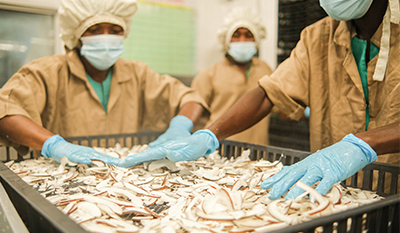
Processing - STEP 2
In the next step the coconuts are carried into the interior of the factory on a conveyor belt, where they are cracked by the workers by hand. The white pulp of the coconut is then thoroughly washed and cut into smaller parts.
After that the pulp is cut by machine into chips and then prepared for the drying process. The chips are rolled into the drying oven in carts, where they’re dried for 13-15 hours to finally reach their crisp consistency.
In a subsequent quality check, undersized pieces are sifted out with the aid of a sieve. The chips are also checked to make sure they are of the correct thickness and form.
Finally the coconuts are prepared for shipment to Germany in the Packing Room.
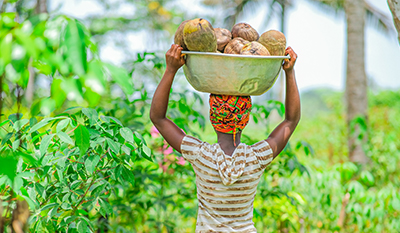
Fair working conditions
The well-being of the workers is very important to our supplier. Thus, all employees of the factory are transported daily from their home to their workplace and back again. Workers are also offered two hot meals a day. Due to the fact that in the parallel season our supplier processes the coconuts along with the mangoes, jobs can be offered all year round. In order to take care of the families as well, some time ago a preschool was built next to the factory premises, where the children of the employees can continue their education and young children are also looked after during working hours.
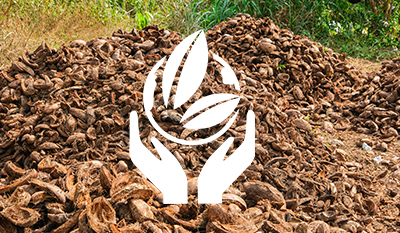
Sustainable action
At the origin, great importance is attached to the recycling of by-products from production. For example, the soft green peel of the coconut is composted by the farmers and later used as fertilizer for the palms. The hard brown shell of the coconuts is also reused. It is used in the form of biomass to generate heat for the drying ovens. Because coconut production is very water-intensive, it is important to treat the water used in the process independently. For this, large volumes of water are collected in the rainy season.
 Pure coconut chips – without additives | Seeberger GmbH
Pure coconut chips – without additives | Seeberger GmbH
